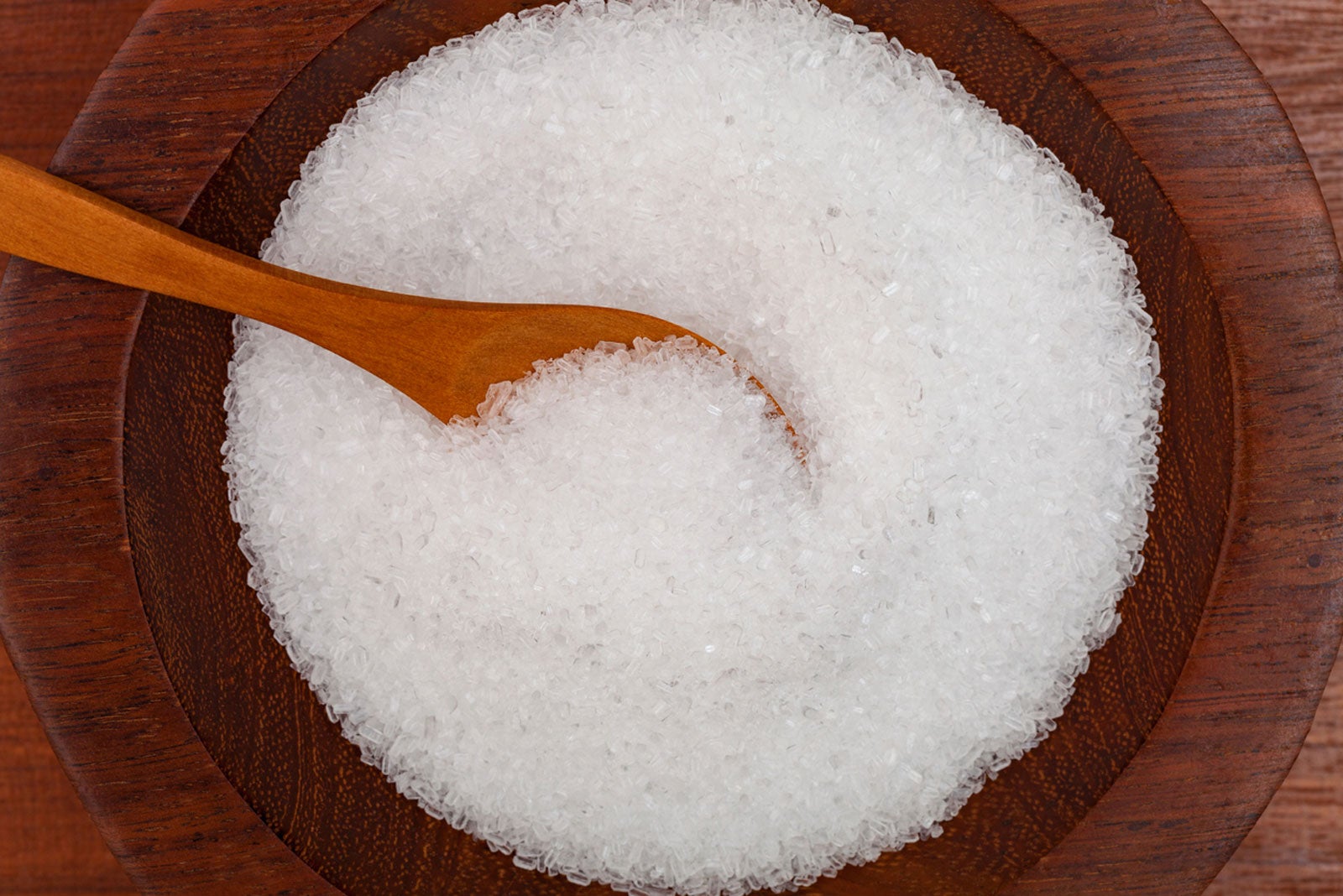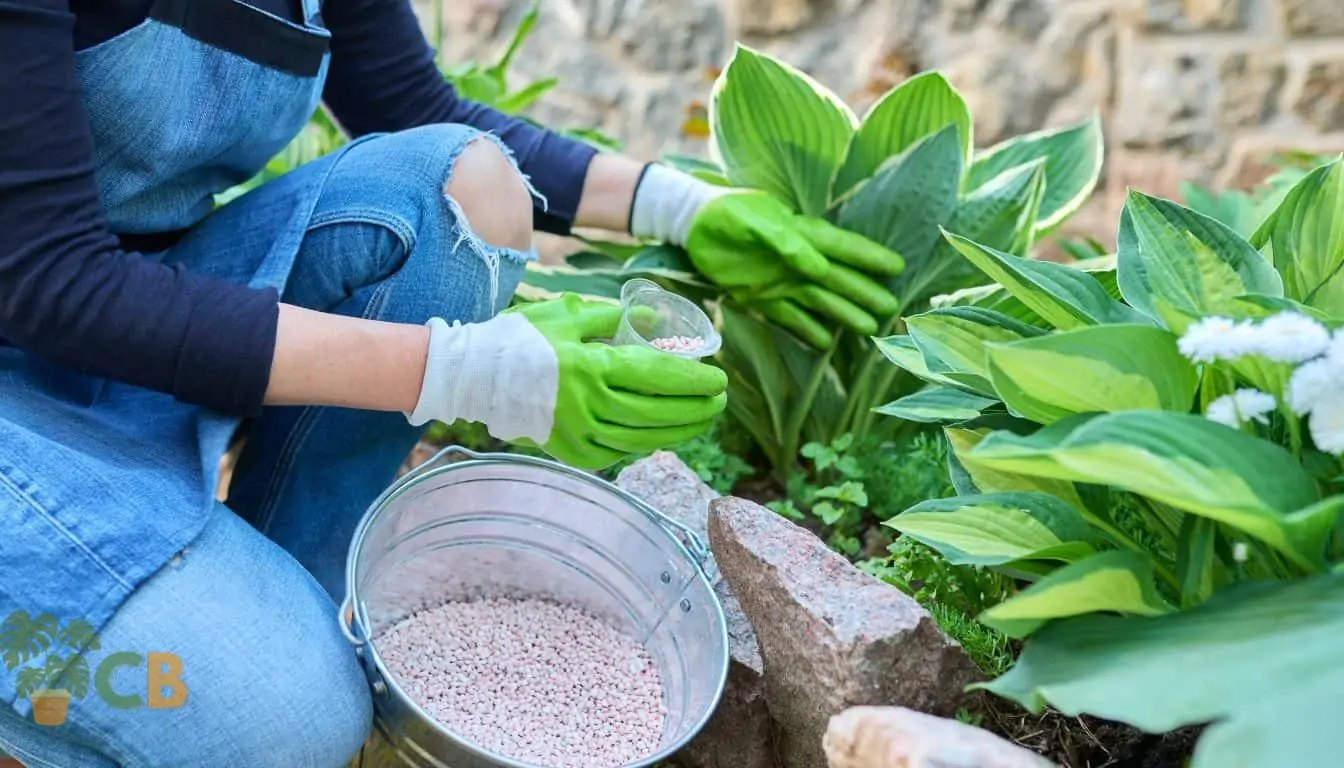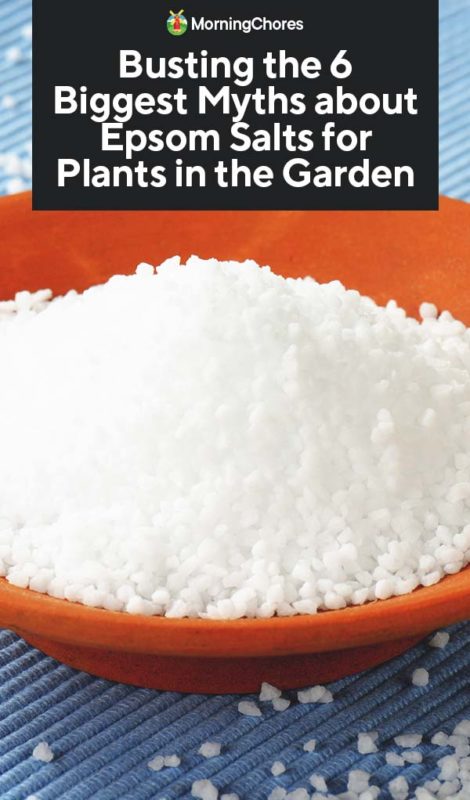What Plants Don't Like Epsom Salt? A Comprehensive Overview
What Plants Don't Like Epsom Salt? A Comprehensive Overview
Blog Article
Find Out About the Details Plants That Are Detrimentally Impacted by Epsom Salt Application
Epsom salt, a preferred family solution for various gardening concerns, is frequently applauded for its valuable impacts on plant development. Comprehending the specific plants that can be detrimentally impacted by Epsom salt is vital for any type of garden enthusiast looking to optimize their plant treatment routine.
Roses

Roses, specifically conscious adjustments in their atmosphere, can be adversely influenced by the application of Epsom salt. While Epsom salt is frequently made use of as a fertilizer to promote plant development and improve blooming, roses are one of the plants that do not respond well to its application. The high magnesium material in Epsom salt can conflict with the uptake of various other vital nutrients by the rose plants, causing deficiencies that materialize as yellowing fallen leaves or stunted development.

Tomatoes
While Epsom salt is typically proclaimed as a solution for different plant problems, including blossom end rot in tomatoes, its application can lead to harmful results if not made use of carefully. Too much Epsom salt, which is magnesium sulfate, can interfere with the delicate nutrient balance required by tomatoes, potentially leading to shortages in other essential nutrients like calcium. When thinking about the use of Epsom salt on tomatoes, it is vital to adhere to suggested application prices and dirt screening to stop unintended effects on the overall health and wellness and productivity of these beloved yard plants.
Peppers
Peppers, prized for their different colors and levels of spiciness, can show susceptibility to unfavorable impacts from Epsom salt when not applied with care and consideration for their details nutritional needs. what plants don't like epsom salt. Peppers, coming from the Solanaceae family, require a delicate balance of nutrients to prosper. While Epsom salt is known to improve magnesium degrees in plants, excessive application can disrupt this stability, leading to adverse impacts on pepper plants
When peppers are revealed to high degrees of magnesium from Epsom salt, it can conflict with the plant's capability to soak up other crucial nutrients like calcium and potassium. This inequality might manifest in symptoms such as leaf discoloration, stunted growth, and lowered fruit manufacturing. Additionally, the too much magnesium can modify the soil pH, more worsening nutrient uptake issues for peppers.

Rhododendrons
Offered the sensitivity of particular plant species to imbalances brought on by Epsom salt, it is necessary to consider the effect on Rhododendrons, which additionally call for details nutrient degrees to link flourish. Rhododendrons are acid-loving plants that like acidic soil problems with a pH variety in between 4.5 and 6.0. Epsom salt, chemically referred to as magnesium sulfate, can modify the dirt pH and interrupt the delicate equilibrium of nutrients essential for Rhododendron health.

To maintain the optimal growth and health and wellness of Rhododendrons, it is vital to avoid the indiscriminate use of Epsom salt and rather concentrate on providing the particular acidic dirt problems and nutrients that these plants require for prospering.
Azaleas
Azaleas, understood for their lively flowers and broad series of shades, are ornamental hedges that belong to the Rhododendron genus. These preferred flowering plants are often discovered in yards, parks, and landscapes as a result of their beauty and flexibility. Azaleas are delicate to modifications in soil pH degrees, which can considerably affect their growth and general health. While Epsom salt is commonly used as great site a solution for magnesium deficiency in plants, its application to azaleas can have damaging impacts.
When Epsom salt is used to azaleas, it can change the soil pH, making it much more acidic. Azaleas favor slightly acidic dirt problems, and an excess of magnesium from Epsom salt can disrupt this equilibrium, causing nutrient discrepancies and prospective poisoning problems. The inaccurate application of Epsom salt can cause stunted development, yellowing of fallen leaves, and overall decrease in the health and wellness of azaleas. It is important to be mindful when thinking about the use of Epsom salt on azaleas to prevent any kind of unfavorable consequences on these fragile ornamental hedges.
Verdict
To conclude, it is necessary to be familiar with the particular plants that can be negatively influenced by the application of Epsom salt. Roses, tomatoes, azaleas, rhododendrons, and peppers are some instances of plants that may not take advantage of Epsom salt and can also endure damage. It is essential to research study and comprehend the needs of each plant types prior to utilizing Epsom salt as a plant food to ensure their wellness and wellness.
Understanding the specific plants that can be detrimentally affected by Epsom salt is critical for any kind of garden enthusiast looking to enhance their plant treatment regimen. While Epsom salt is frequently made use of as a plant food to advertise plant growth and enhance blooming, roses are one of the plants that do not react well to its application.Extreme usage of Epsom salt can also result in an accumulation of salts in the soil, leading to root damage and dehydration of the rose plants. While Epsom salt is known to enhance magnesium degrees in plants, excessive application can disrupt this balance, leading to adverse results on pepper plants.
The high salt material in Epsom salt can likewise dry out Rhododendron origins, creating more stress and anxiety and damages to the pop over to this site plant. (what plants don't like epsom salt)
Report this page